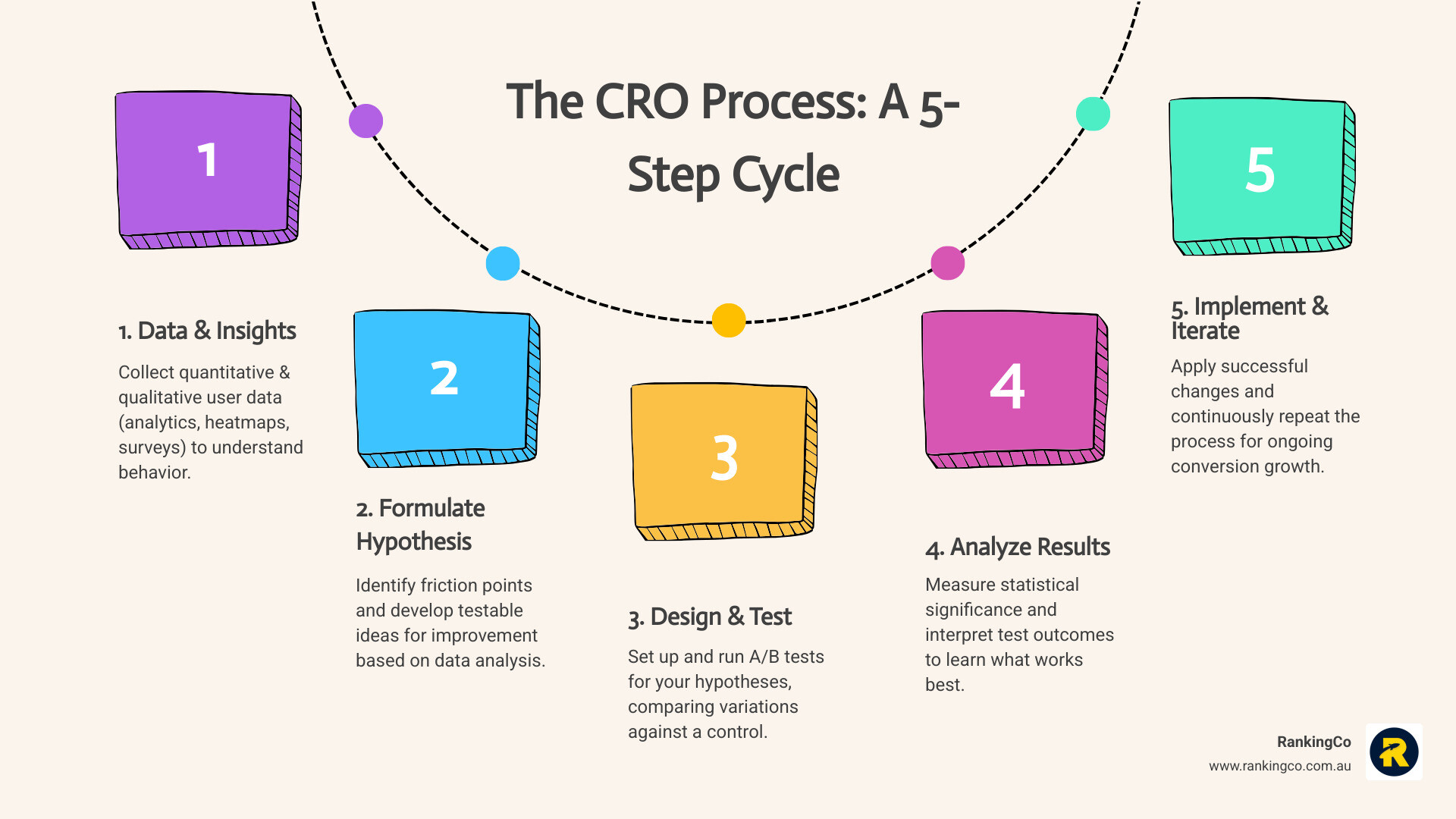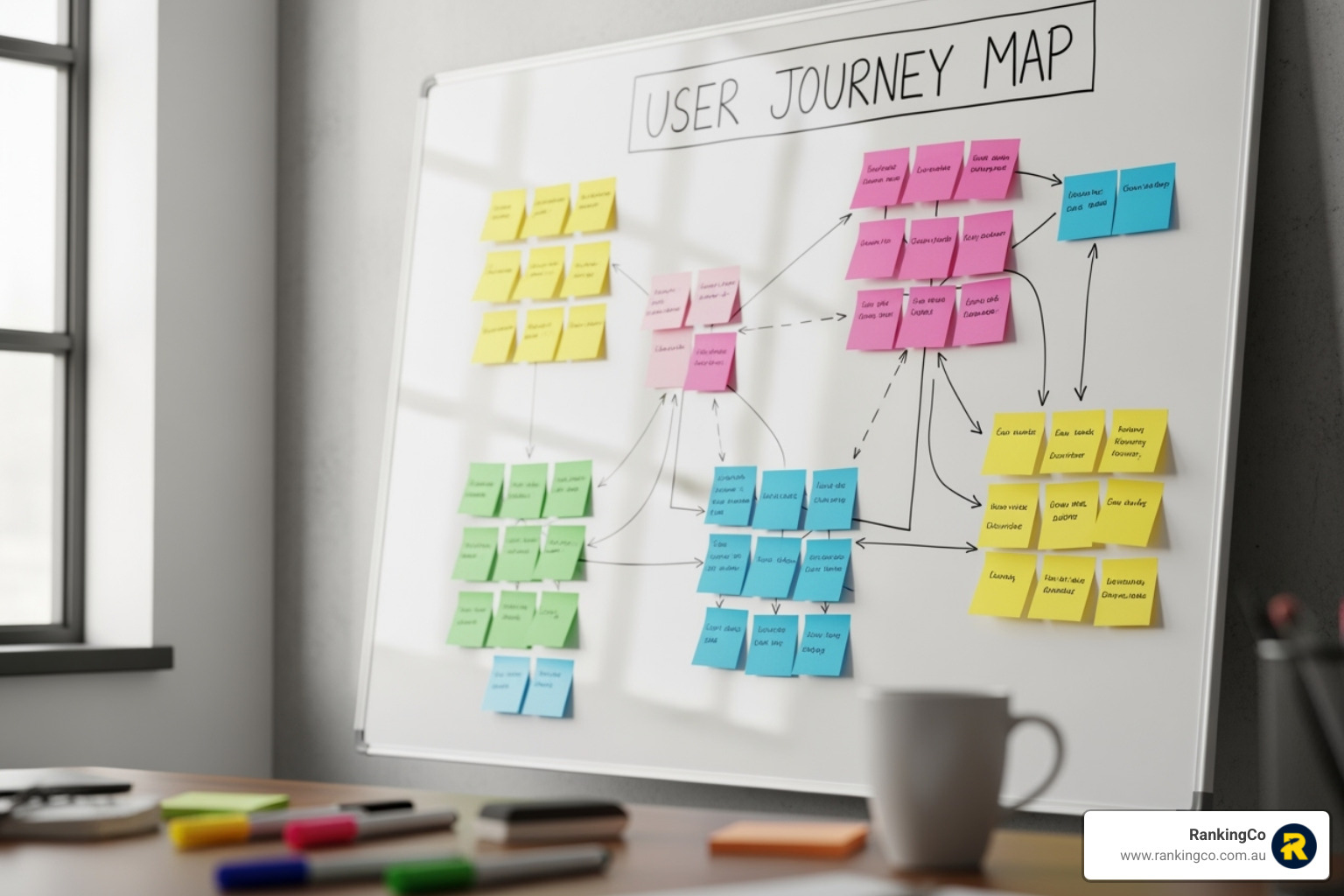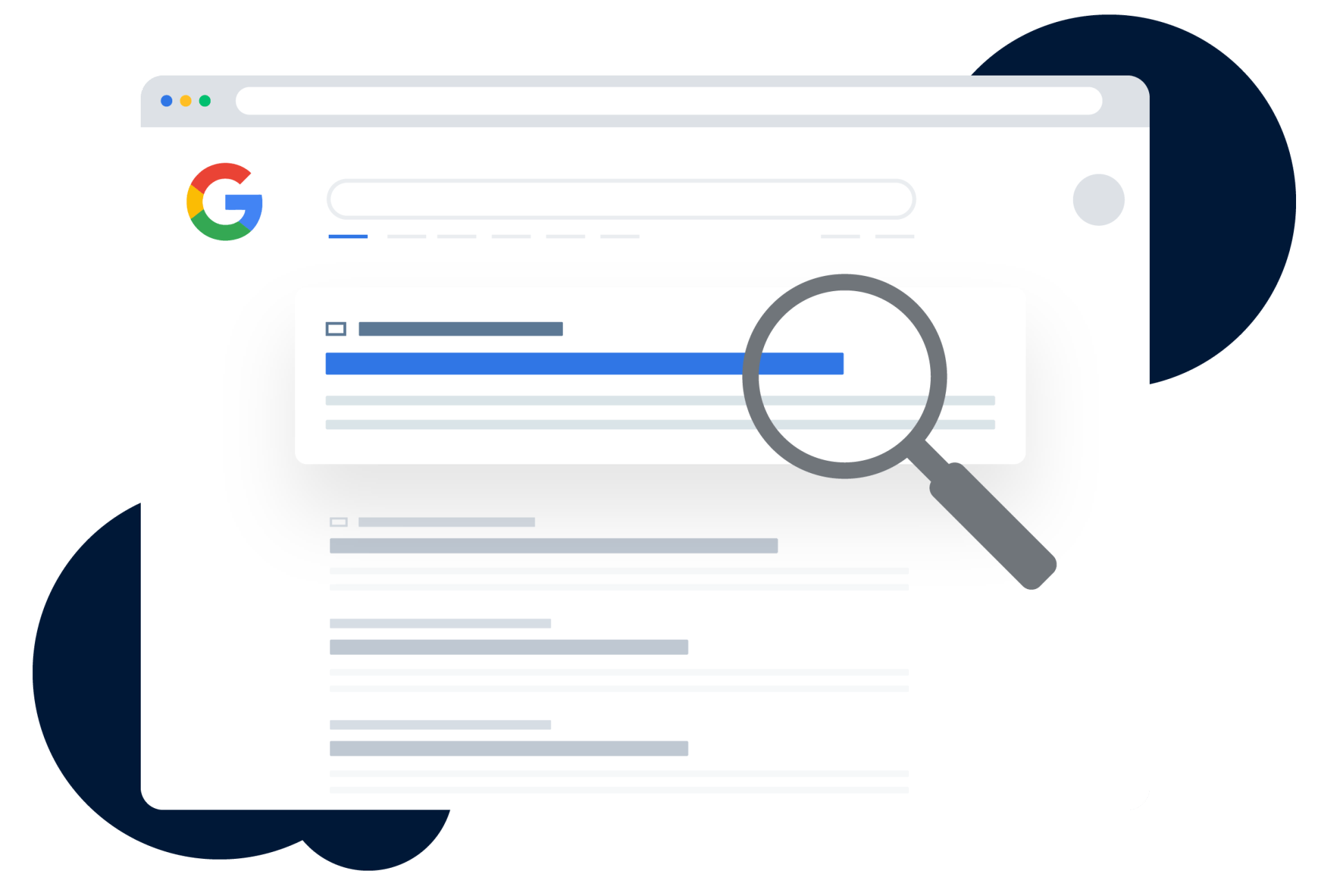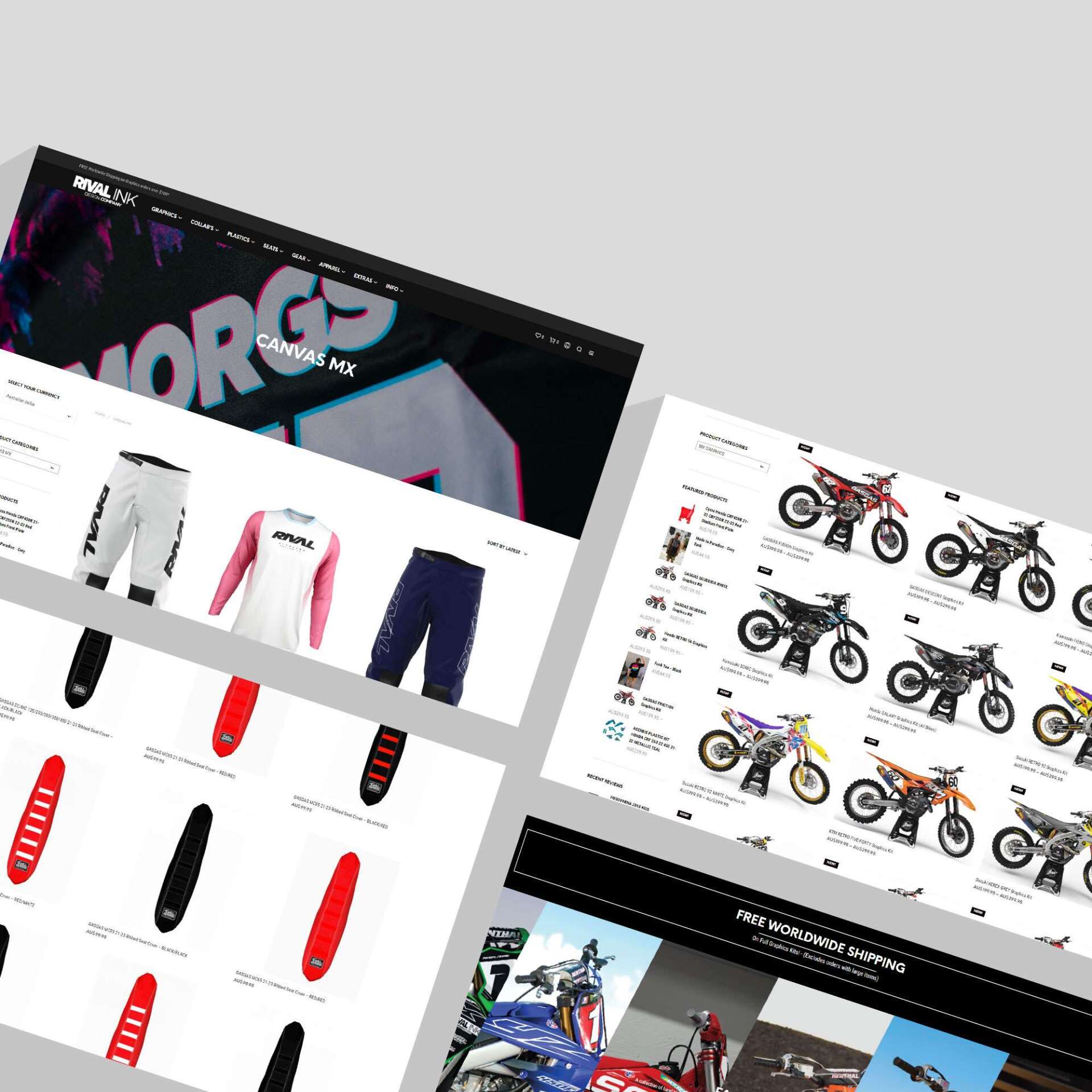What Is Conversion Rate Optimization (CRO)? Strategies and Tools to Boost Your Business

Why Conversion Rate Optimisation is Essential for Business Growth

Conversion rate strategies are systematic approaches designed to increase the percentage of website visitors who become customers, leads, or subscribers. These proven techniques help businesses maximise the value of their existing traffic through data-driven improvements to user experience, website design, and the overall customer journey.
Effective strategies involve a range of tactics, including website performance optimisation, A/B testing of page elements, building trust with social proof, creating compelling calls-to-action (CTAs), and simplifying forms to reduce friction.
Many businesses with steady website traffic struggle to convert visitors. With an average conversion rate of only 2-4% across most industries, up to 98% of visitors may leave a site without taking the desired action. However, even minor improvements to this rate can yield a dramatic impact on the bottom line.
Conversion Rate Optimisation (CRO) allows you to extract more value from every visitor you acquire through marketing efforts like Google Ads or SEO services. Instead of solely focusing on attracting more traffic, you make your existing traffic more effective. The primary advantage of CRO is its compound effect; a small increase from 2% to 3% represents a 50% rise in conversions, which improves the return on investment for all marketing expenditure. This creates a positive feedback loop where better conversions can fund more traffic, providing more data for further optimisation.
With over 15 years in digital marketing, RankingCo has seen how effective conversion rate strategies can transform businesses. Our experience shows that the most successful companies focus on optimising existing assets before pursuing new traffic sources, turning current website traffic into measurable revenue growth.

Understanding the Fundamentals of CRO
Conversion Rate Optimisation (CRO) is the practice of increasing the percentage of website visitors who complete a desired action. Whether that action is making a purchase, filling out a form, or subscribing to a newsletter, CRO helps you get more value from the traffic you already have. It focuses on understanding what your visitors want and removing obstacles that prevent them from converting.
With advertising costs rising on platforms like Google Ads , getting more from your existing traffic is essential for staying competitive. Businesses that master CRO can often outperform competitors who spend significantly more on marketing.
Why a High Conversion Rate Matters
Improving your conversion rate creates a positive ripple effect across your business. It automatically boosts your return on investment (ROI) , as the same marketing spend generates more sales. This naturally reduces customer acquisition costs , freeing up capital. It also enables sustainable business growth by making your existing audience more valuable, creating a stable foundation that is less vulnerable to market fluctuations. This efficiency gives you a significant competitive edge and provides deeper customer insights with every test, informing improvements across your entire business.
Calculating Your Conversion Rate and Setting Realistic Goals
The formula for calculating your conversion rate is straightforward:
Conversion Rate = (Number of Conversions ÷ Number of Visitors) × 100
For example, if 25 people made a purchase from 1,000 visitors, your conversion rate is 2.5%.
Defining a 'conversion' depends on your business goals. It is useful to track two types:
- Macro conversions are your primary objectives, such as completed purchases or lead form submissions. These actions directly impact your bottom line.
- Micro conversions are smaller steps that lead to macro conversions, like adding an item to a cart or downloading a guide. They indicate engagement and move users along the customer journey.
Tracking both provides a complete picture of your website's performance. While industry benchmarks suggest an average conversion rate of around 2.9%, these figures can be misleading. Your ideal rate depends on your industry, audience, traffic source, and the specific action you are measuring.
Instead of chasing external benchmarks, focus on establishing your own baseline and working towards incremental improvements. A lift from 1.5% to 2% is a 33% increase in results, representing significant growth. For more information on the technical aspects, our guide on What is Conversion Tracking? covers the essential foundations.
A Step-by-Step Guide to Implementing a Customer-Centric CRO Strategy
Effective conversion rate strategies follow a systematic, customer-centric process. It is an iterative method of understanding customer needs and challenges through data, enabling the creation of experiences that guide them toward conversion.

Step 1: Gather and Analyse User Data
Understanding your visitors begins with collecting the right data. This requires a mix of quantitative and qualitative information to see both what is happening and why.
- Quantitative data (the 'what') comes from tools like Google Analytics. It shows you traffic sources, page views, and user paths, revealing patterns at scale. Funnel analysis is particularly useful here, as it pinpoints where users drop off in the conversion process, highlighting your biggest opportunities for improvement.
- Qualitative data (the 'why') provides human context. Tools like heatmaps show where users click and scroll, while session recordings reveal moments of confusion. Direct feedback from user surveys and customer interviews is invaluable for uncovering motivations and barriers that numbers alone cannot explain.
Step 2: Formulate a Hypothesis and Prioritise Tests
With a clear understanding of user behaviour, you can form an educated hypothesis for improvement. A strong hypothesis follows a clear structure: "If we make [specific change], then [metric] will improve, because [data-driven reason]." For example: "If we add customer testimonials to product pages, our add-to-cart rate will increase, because user feedback indicates a need for more social proof."
When you have multiple ideas, use a prioritisation framework. Focus on changes with the highest potential impact on the most critical pages that are also feasible to implement. Quick wins can build momentum for larger, more complex projects.
Step 3: Validate Your Ideas with A/B Testing
A/B testing is the scientific method of CRO, allowing you to make decisions based on evidence, not assumptions. It involves comparing two versions of a page—a control (A) and a variation (B)—to see which one performs better with real users. Traffic is split between the two versions, and the results are measured to determine a winner.
It is crucial to test one change at a time to isolate what caused the improvement. Reaching statistical significance is also important, which means you need enough data to be confident in the results. Testing tools can manage the technical setup and calculations, but the core principle is to let tests run long enough to yield reliable data. Our expertise in user experience optimisation informs every test we design, ensuring changes improve both conversions and user satisfaction.
Step 4: Analyse Results and Iterate for Continuous Growth
The learning process continues after a test concludes. Every result, whether a win, a loss, or inconclusive, provides valuable insights into your audience.
- Winning tests should be implemented permanently. Analyse why the change worked to apply the learning elsewhere on your site.
- Losing tests are equally valuable. They teach you what does not resonate with your audience, preventing future mistakes and refining your understanding of customer preferences.
- Inconclusive tests suggest the change was not significant enough to matter or that your hypothesis was incorrect. These results help you focus on what truly influences user decisions.
This iterative process creates a continuous feedback loop. Each test deepens your understanding of customer behaviour, making future hypotheses more effective. This transforms your website into a constantly improving conversion machine, where small, validated improvements compound over time to create significant business growth.
Proven Conversion Rate Strategies for Your Website
Beyond the process, specific tactics focused on design, copy, and trust can significantly boost your website's conversion rates.
Effective Conversion Rate Strategies for Website Design and UX
A visitor forms their first impression of your site in milliseconds. A poor design or slow performance can cause them to leave immediately.
- Site Speed Optimisation: Slow-loading websites deter buyers. A delay of just one second can reduce conversions significantly. Aim for a load time of under two seconds by optimising images, minifying code, and leveraging browser caching.
- Mobile-First Design Principles: With over half of all web traffic coming from mobile devices, a responsive, fast, and easy-to-steer mobile experience is non-negotiable.
- Streamlined Navigation: An intuitive site structure with clear menus and a prominent search bar helps users find what they need quickly. An item that is difficult to locate is unlikely to be purchased.
- Visual Hierarchy: Guide visitors' eyes to the most important elements, such as your value proposition and CTA, using size, colour, and contrast. Make your CTA buttons stand out.
- Minimising Distractions: Remove clutter and irrelevant elements from conversion-focused pages. Every element should serve the single goal of guiding the user to act.
Our UI/UX Design Gold Coast services focus on creating user-friendly and high-converting website experiences.
Powerful Conversion Rate Strategies for Copy and CTAs
Your words are one of your most powerful conversion tools.
- Clear Value Proposition: Immediately answer the visitor's question: "What's in it for me?" State clearly and concisely why they should choose you.
- Benefit-Driven Headlines: Headlines are often the only thing people read. Ensure yours communicates the key benefit or sells the product instantly.
- Action-Oriented CTA Text: Use strong, specific verbs like "Get Your Free Quote" or "Shop the Collection." Avoid generic phrases like "Click Here."
- Strategic Button Placement: Place CTAs where they are logical and visible, typically above the fold and repeated further down the page. For more tips, see our guide on Call to Actions to Catch Visitors' Attention.
Building Trust to Boost Conversions
Trust is the foundation of online transactions. Without it, visitors will not convert.
- Showcasing Social Proof: Customer testimonials and product reviews are powerful endorsements that can increase conversion rates by addressing potential objections.
- Using Trust Badges: Displaying SSL certificates and payment processor logos assures visitors that their data is safe, which is especially critical during checkout.
- Transparent Policies: A clear and fair return policy builds confidence and reduces hesitation, particularly for e-commerce businesses.
Streamlining the Path to Purchase
The checkout process is where many potential sales are lost. Any friction can lead to cart abandonment.
- Simplified Forms: Only ask for essential information. Shorter forms require less effort and have higher completion rates.
- Guest Checkout Options: Forcing users to create an account is a major deterrent. A guest checkout option streamlines the process for new customers.
- Multiple Payment Methods: Offer popular and convenient payment options, including credit cards, digital wallets like PayPal, and Buy Now Pay Later services.
- Free Shipping Incentives: Free shipping is a powerful motivator that can significantly increase order values and overall revenue.
The Powerful Synergy Between CRO and SEO
Conversion Rate Optimisation (CRO) and Search Engine Optimisation (SEO) are deeply interconnected disciplines. When treated as a unified strategy, they create a powerful synergy that drives digital success. While attracting traffic is crucial, the actions visitors take upon arrival are equally significant.
When you optimise for conversions, you inherently improve your website for users. This sends positive signals to search engines, indicating that your site provides value. Conversely, SEO insights into user search behaviour allow you to craft conversion experiences that resonate deeply with your audience.
How CRO Improves SEO Performance
Google's algorithms are sophisticated enough to gauge user satisfaction. When you apply conversion rate strategies to improve the user experience, you send strong positive signals that can boost your rankings.
A visitor who lands on a well-optimised page is more likely to stay longer, engage with content, and explore other pages. These actions reduce bounce rates and increase dwell time—key metrics that tell search engines your site is a good match for the user's query. Our Onsite SEO services integrate CRO principles because we understand that the best-ranking pages are not just technically sound; they are genuinely helpful to users.
How SEO Informs CRO Efforts
Your SEO data is a direct line to your customers' needs and motivations. Keyword research reveals the exact language your audience uses and the problems they are trying to solve. This insight is invaluable for crafting headlines, copy, and CTAs that align perfectly with user intent.
For example, understanding whether a user is in a research phase ("how to improve website speed") versus a buying phase ("website speed optimisation service") allows you to tailor the landing page experience accordingly. This alignment creates a seamless journey from search query to conversion. By creating dedicated pages that match specific search queries, you can dramatically improve both rankings and conversion rates, as detailed in our guide on The Benefits of Unique Landing Pages in SEO Management.
At RankingCo, we leverage this synergy to deliver a full-funnel approach, ensuring that when people find you, they are more likely to become customers.
Frequently Asked Questions about Conversion Rate Optimisation
When exploring conversion rate strategies , businesses often have questions about what to expect. Here are concise answers to some of the most common queries.
What is a good conversion rate for a website?
There is no single "good" conversion rate. While a general benchmark is often cited as 2-4%, this figure varies dramatically by industry, business model, traffic source, and the price of the product or service. A luxury brand might thrive on a 0.5% conversion rate, while a free newsletter signup could aim for 15%. The most important metric is your own. Focus on establishing your current baseline and implementing strategies for continuous improvement against it.
How long does it take to see results from CRO?
The timeline for seeing results depends on your website's traffic volume. High-traffic sites can achieve statistically significant A/B test results in a few weeks. For lower-traffic sites, testing may take longer, but that does not mean you have to wait for results. Implementing CRO best practices—such as improving site speed, clarifying your value proposition, or simplifying your checkout—can deliver noticeable improvements in user engagement and conversions quickly, regardless of traffic levels.
Can I do CRO on a low-traffic website?
Yes. While traditional A/B testing is more challenging with low traffic, CRO is still highly effective. The focus simply shifts from large-scale quantitative data to qualitative insights. You can leverage user session recordings, heatmaps, and customer surveys to identify major friction points. For low-traffic sites, implementing fundamental best practices and making high-impact changes based on direct user feedback can yield significant improvements. The conversion rate strategies you implement now will create a strong foundation that compounds as your traffic grows.
Open up Your Potential – Get Ranking with RankingCo
The journey through conversion rate strategies shows that turning visitors into customers is a science. It requires a deep understanding of your audience, a commitment to removing barriers, and the creation of experiences that guide users toward action. CRO is a continuous, data-driven process that maximises the value of every visitor.
Improving your conversion rate fundamentally changes the economics of your business. Every marketing dollar works harder, and growth becomes more sustainable. This creates a powerful feedback loop where better conversions fund more traffic, which in turn provides more data for further optimisation.
At RankingCo, we bring together the technical expertise, analytical rigour, and creative insight needed to open up your website's true potential. Our approach integrates comprehensive data analysis with a deep understanding of customer psychology, ensuring every change serves both your business goals and your customers' needs.
From our headquarters in Brisbane, QLD, we support startups and scaling businesses across Australia, New Zealand, the US, and Canada, helping them expand internationally. Our global perspective allows us to apply proven conversion principles that work across different markets.
Our full-funnel marketing approach integrates CRO with our Leads SEO and eCommerce SEO services, paid advertising campaigns, and comprehensive website strategy. We leverage advanced AI to analyse user behaviour and create personalised experiences that resonate with your audience, keeping you ahead in a rapidly changing digital landscape.
Your website has untapped potential. The visitors are already there; it is time to help them become customers. Whether you are based in Brisbane , Sydney , Melbourne , or anywhere else, we are here to help you achieve sustainable growth.
Ready to transform your website into a conversion machine? Contact us today for custom CRO and digital marketing solutions custom to your unique business needs.















